How to Use Mindfulness to be More Present
Have you ever felt overwhelmed by anxious thoughts to the point that your surroundings become a blur? Maybe you feel like you get swept up in the anxiety and become disconnected from the people around you. This can also happen if a trauma trigger is occurring and you find yourself back in that moment instead of in the present. Or maybe you find yourself futurizing or getting stuck in the past when you’re doing the dishes or driving home from work. Have you ever pulled up to your house and thought “how the heck did I get home? I barely remember the ride…”
It can be so difficult to leave an experience but feel like you weren’t truly present for it. It can also be a drain to feel like you’re rushing through the motions of life and not deriving any joy. So how do we become present enough to truly experience our life? How can we re-orient ourselves to the here and now so that we can fully acknowledge our current reality?
Mindfulness
I know that “mindfulness” has become a buzzword over the last few years and we’ve all probably heard the word so much that it’s lost its meaning. Maybe you've seen it associated with meditation and thought to yourself that there’s no way you can slow or quiet your mind enough to meditate. I get it. Let me break mindfulness down into something that might not feel so buzzy or so impractical - I like to view it simply as the practice of being present in the current moment - our minds aren’t in the past and they aren’t in the future. And it is just that - practice. I think of it as a tool I keep in my mental/emotional wellness toolbox that if a I am feeling particularly future-focused or rushed through life, I can use mindfulness to get back into where I’m currently at instead. Here is my favorite mindfulness technique to bring myself or my clients back into the here and now.
The 5 Senses Technique
One way to bring ourselves into the present is to name what we observe about our reality with all of our 5 senses: sight, touch, hearing, taste, and smell. Let’s set the scene: let’s say you are in a coffee shop and you’re experiencing anxiety about a job presentation you have coming up. You’re “What If-ing” all over the place and you didn’t even taste the scone you ordered with your coffee because you’re mentally 3 days in the future on presentation day. If you were to run through the 5 Senses Technique it might look something like this:
5 things you see: people standing in line, your coffee, your computer, the wrapper for your scone, and your notebook
4 things you feel (touch): the hard wood of the table you’re at, the soft cushion of chair you’re sitting on, the smooth keys on your computer, and the texture of your sweater
3 things you hear: the music in your headphones, the clacking of your keyboard, the coffee machines whirring
2 things you smell: coffee and pastries
1 thing you taste: your scone
Because you re-oriented yourself to your surroundings, you might find yourself back in reality instead of in 3 days from now. You also might remember how great that scone did taste… One of the fantastic things about this technique is that you can go through it wherever you are and multiple times. You may not always be able to observe things with all 5 senses, but typically we can note things for a few.
By bringing our attention to the sensory experience of what we’re doing, we stop our minds from drifting off into places that aren’t within our current control. We also allow ourselves to slow down enough that we fully feel what is going on in our lives, which can enrich our experience and give us the opportunity to identify how we’re feeling about it. The next time you’re doing the dishes try exploring how the water feels, what color the dishes are that you’re washing, what the dish soap smells like, and so on. You may find the mundane experience becomes one of relaxation, or at least does not lead you into anxious thinking to keep your mind busy!
If you are interested in using mindfulness to decrease anxiety or increase finding joy in life, or you’d like to learn other ways to cope with anxious thinking - reach out and set up a consultation!
Tina Leboffe, MA, LPC, NCC, AAC
*Please note that this blog is for your information only and does not constitute clinical advice or establish a client-counselor relationship.


